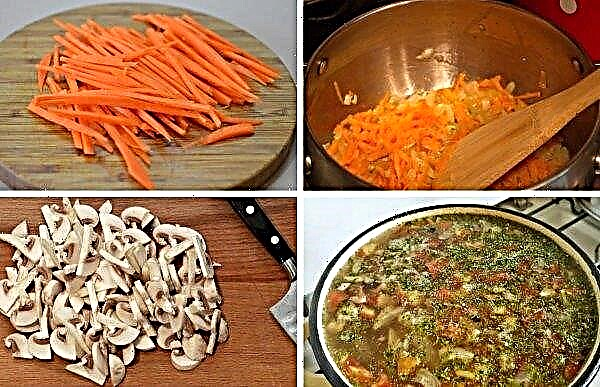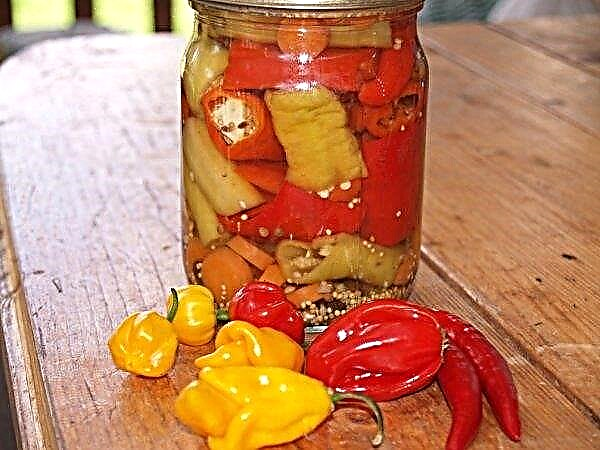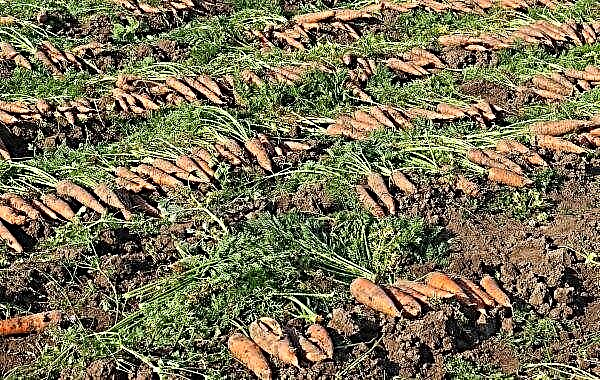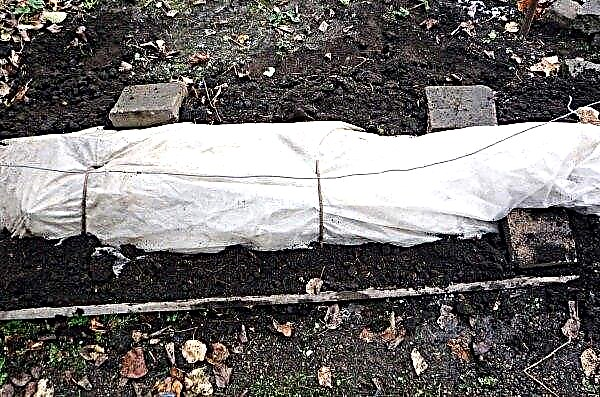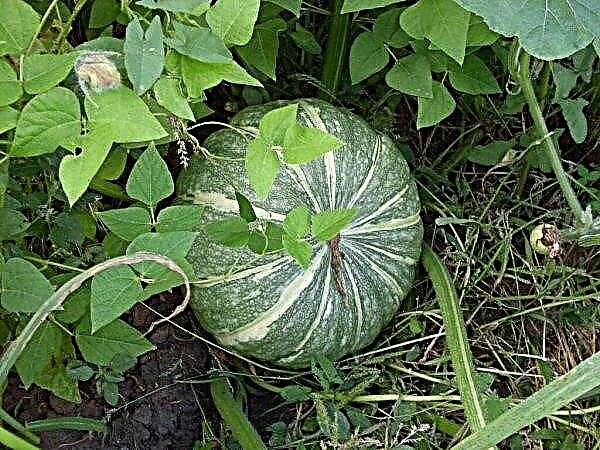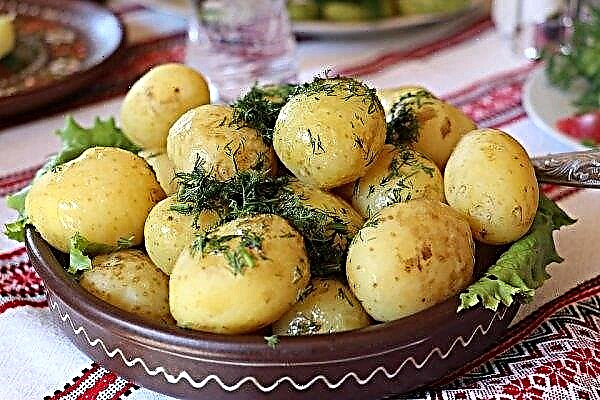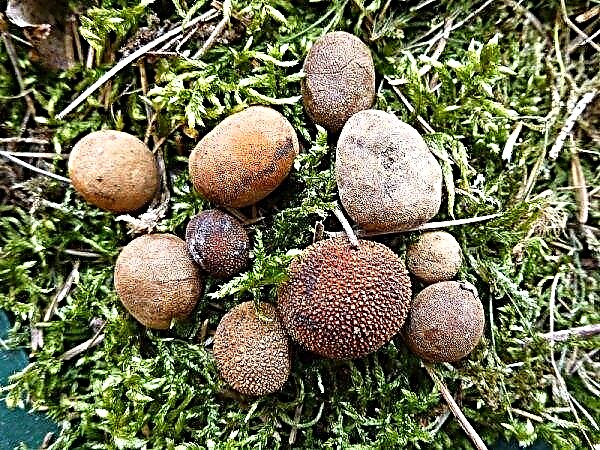Getting a high potato crop ─ annual desire of the farmer, the owner of the suburban area. There are many methods. ─ from great-grandfathers to modern ones. Having tested them, you can choose the most effective for obtaining potatoes with high commodity rates.
Average potato yield from 1 ha
Depending on the selected variety and cultivation technology, 13 to 45 tons of potatoes per hectare can be obtained.
What factors affect potato yield
Poor knowledge of agricultural technology, the wrong variety and insufficient soil care lead to reduced yields.
Important! Potatoes planted in late April — early May, after complete warming up of the soil.
Starting to plant a vegetable, you need to consider the following points:
- quality of planting material. Potatoes should have at least five eyes, be elastic, strong to the touch;
- properly prepare the potatoes for planting: germinate within a month. The method will accelerate the formation of tubers, increase productivity;
- climatic conditions of the area where potatoes will grow;
- soil composition, fertility, the need for fertilizer;
- crop rotation;
- row spacing - at least 65 cm.

How to get a high potato crop
Get 15–20 potatoes weighing up to 150 g each from one bush or 5–6 bags from 1 bucket ─ the dream of any gardener. You can achieve this success by finding the right cultivation method and choosing the right variety.
Choosing the Right Grade
"Right" grades ─ passed the state test and regionalization, giving the best results when grown in different climatic conditions and on different soils:
- early grades ─ ripening period 80–100 days: Bellarosa, Riviera, Ariel, Povin, Vineta and others;
- medium early varieties ─ 110–115 days from planting to dying tops: Fun, Mriya, Nevsky, Cosmos, Condor and others;
- medium late potato ─ 126–140 days of ripening: Picasso, Agria;
- late ─ more than 140 days: Asterix, Zhuravinka, Zarnitsa.
Important! AT it is better to grow early ripe, mid-early and mid-ripening varieties in the steppe region.
Change of landing place
One of the simplest ways to increase the yield of starch tubers is an annual change of place:
- You can not plant "potatoes for potatoes" in a personal plot. Bad predecessors for starch vegetables are eggplant, peppers, tomatoes, and other nightshade crops.
- It is better to plant tubers after cabbage, cucumbers, onions and garlic, beans, green peas. Cruciferous (radish, radish), green manure well heals the soil.

Technological methods
Many technologies are specially designed to improve potato harvests. Having tested them on your site, choose the most suitable for the soil and climate in the specified area.
Did you know? Potatoes can be grown from seeds, but the harvest will be small, you need to store it separately.
Gulich Method
The Gülich method, or landing by the "pyramids", has been known since 1909 thanks to an article by A. Engman in "Agricultural newspaper".
Potatoes are grown on clearly marked territory:
- The soil is well loosened, harrowed, laid out on squares with a side of 1 m. That is, 1 m² for each potato bush.
- A depression is made in the middle of the square, overripe manure is poured, a circular roller is formed from it. Loose soil is poured into the center.
- Potatoes sprout down in the middle - a prerequisite for this method.
- As the sprouts appear, they are sprinkled with loose soil, raking it to the center of the roller. Shoots grow in rays from the center.
- After the appearance of the first leaves, they add soil to form new shoots in the sinuses, therefore, tubers. Manipulation is carried out several times, contributing to the development of new shoots and stolons.
- Having produced two or three organic or mineral fertilizing, providing regular watering and loosening of the soil, up to 1.5 tons of potatoes can be obtained from 1 hundred parts.

Mitlider method
For farmers limited in area, the Mitlider method will help increase the yield of a favorite vegetable:
- The soil completely cleared of roots and weeds is marked out on beds 60 cm wide, leaving 1 m for row-spacings.
- The beds are carefully dug up, forming sides at the edges, fertilized with humus. Aisles do not fertilize.
- The holes for planting are dug to a depth of 10 cm in a checkerboard pattern, every 0.3 m, forming two rows.
- Tubers are sprouted up, sprinkled with humus, sprinkled with soil.
- A prerequisite of the Mitlider method is weeding, top dressing and watering.
 Features of the device of beds for planting potatoes
Features of the device of beds for planting potatoesDutch technology
The Dutch method for growing potatoes is based on soil aeration.
Important! Green tubers are unsuitable for food due to the formation of solanine and, on the contrary, will give good strong shoots when planted.
The main stages of crop cultivation:
- Thoroughly loosening the soil before planting, removing weeds, roots, pebbles.
- The rows are marked at a distance of 80 cm, between the tubers in rows ─ 30 cm
- Use high-quality seed material (not less than the second reproduction) to exclude the accumulation of infection.
- Permanent crop rotation. The frequency of planting potatoes on one square is once every three years.
- Urea is introduced into the soil before planting, wood ash is poured into the pits.
- After the emergence of seedlings, weeds are constantly weeded, while loosening the soil in the beds.
Video: Dutch potato planting method
Useful tips gardeners
Unconventional methods of growing potatoes will help save space, time, increase the yield of a vegetable tenfold.
Summer residents who are not able to visit the site daily will use original methods without weeding and hilling:
- Growing under the straw. The first sprouts are covered with a layer of straw of 30 cm. After germinating them up to 5 cm, the second layer up to 7 cm is covered. The method is suitable for heavy soil, heavily clogged. Freshly cut grass can also be used as a powder.
- Using an old holey barrel, you can grow a bag of potatoes in a small area: make holes in the walls, fill the compost layer in half with 10 cm of earth; lay the sprouted tubers, pour compost and soil, and so on a few layers. Timely watering and top dressing will provide a good harvest. A similar way is to grow potatoes in bags.
- Hilling potatoes gives a positive effect with a row spacing of at least 70 cm. Otherwise, the procedure may have the opposite effect: you can damage the shoots and exclude the appearance of new tubers.
- For better germination of tubers it is better to vernalize: Take out in the sun to form strong shoots. The method will help to cull bad tubers with weak shoots.
 Growing potatoes in a household plot, on a farm, you need to remember that what you sow, you will reap. Proper care, watering, seeds ─ guarantee of a good harvest.
Growing potatoes in a household plot, on a farm, you need to remember that what you sow, you will reap. Proper care, watering, seeds ─ guarantee of a good harvest.

